Involved institutions
The project participants of the 5G real laboratory are listed:
German Aerospace Center (DLR)
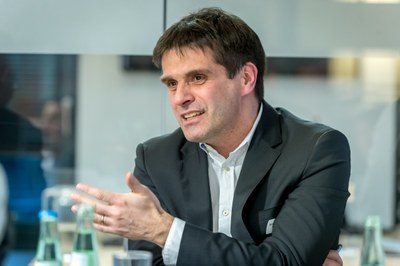
We expect strong impulses from the 5G Living Lab in our mobility region for automated, networked mobility on roads and rails as well as ground-level air traffic with drones. The special plus point is the cross-domain research, which is implemented in the 5G live networks of mobile network operators and integrated in the Lower Saxony test field. Research results can thus be linked and applied to the products and services of industry and business along the new digital infrastructure without any hurdles.
About DLR
DLR is the Federal Republic of Germany’s research centre for aeronautics and space. We conduct research and development activities in the fields of aeronautics, space, energy, transport, security and digitalisation. The German Space Agency at DLR plans and implements the national space programme on behalf of the federal government. Two DLR project management agencies oversee funding programmes and support knowledge transfer.
Climate, mobility and technology are changing globally. DLR uses the expertise of its 55 research institutes and facilities to develop solutions to these challenges. Our 10,000 employees share a mission – to explore Earth and space and develop technologies for a sustainable future. In doing so, DLR contributes to strengthening Germany’s position as a prime location for research and industry.
Participating institutes
• Institute of Transportation Systems (DLR-TS; consortium leader)
• Institute of Flight Guidance (DLR-FL)
• Institute of Flight Systems (DLR-FT)

Fraunhofer Institute for Integrated Circuits (FHIIS)
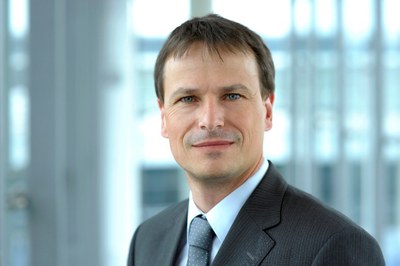
As an application-oriented research institute, the 5G real laboratory offers us an excellent addition to our two 5G Bavaria test beds and thus the opportunity to test our technologies in a smart city context.
Research at Fraunhofer IIS is based on two main topics
In »Audio and Media Technologies«, the institute has been shaping the digitization of media for more than 30 years. Pioneering standards were developed with mp3 and AAC, and the Fraunhofer IIS was also involved in the digitization of the cinema significantly involved. The current developments open up new worlds of sound and are used in virtual reality, automotive sound systems, mobile telephony as well as for broadcasting and streaming. Every mobile phone sold today contains audio technologies from the institute and the sound of more than half of all TV broadcasts worldwide and almost all radio and streaming services is based on Fraunhofer codecs. The professional tools for digital film and media productions are also used globally.
In connection with "cognitive sensor technology", the institute researches technologies for sensor technology, data transmission technology, data analysis methods and the utilization of data in the context of data-driven services and corresponding business models. This expands the function of the classic "intelligent" sensor by a cognitive component. The research results are used in networked mobility, in communication and application solutions for the Internet of Things, in the digitization of human perception (human sensing), in product and material monitoring and in business analytics in supply chains.
More than 1100 employees work in contract research for industry, service companies and public institutions. The institute, founded in 1985, has 14 locations in 11 cities: in Erlangen (headquarters), Nuremberg, Fürth and Dresden as well as in Bamberg, Waischenfeld, Coburg, Würzburg, Ilmenau, Deggendorf and Passau. The budget of 169.9 million euros per year is financed with the exception of basic funding of 26 percent from contract research.
Institute Profile – Fraunhofer Institute for Integrated Circuits IIS
The Fraunhofer-Gesellschaft, based in Germany, is the world's leading organization for application-oriented research. 74 institutes and research facilities work under its roof at locations throughout Germany. Around 28,000 employees achieve the annual research volume of 2.8 billion euros.
The Fraunhofer Institute for Integrated Circuits IIS, headquartered in Erlangen, conducts cutting-edge international research for microelectronic and information technology system solutions and services. Today it is the largest institute of the Fraunhofer Society.

Institute for Automation and Communication (ifak)
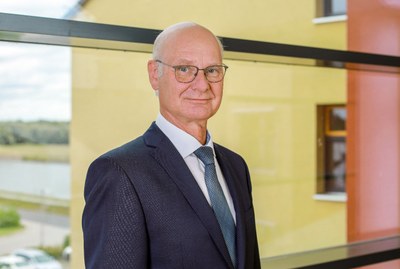
Radio in industrial data communication has been the subject of research in our institute for many years and our involvement in national and international specialist committees. In the 5GLabBraWo we contribute to opening up new possibilities for traffic engineering applications. In doing so, we made targeted use of synergies between the two business areas ICT & Automation and Traffic & Assisting the ifak and expanding our expertise as a competent research and application participant.
The ifak - Institute for Automation and Communication, which was founded out of the university in 1991, is an independent engineering research institute in the state capital of Saxony-Anhalt. It is a member of the German Industrial Research Association Konrad Zuse e.V. with its more than 75 institutes throughout Germany. ifak has its place of work in the think tank in the science port of Magdeburg.
The institute conducts applied research in the fields of ICT & automation and measurement technology & power electronics and has a focus on the business areas of water & Energy and Transport & assistant. The ifak is thus active in several fields of action of the Federal Government's High-Tech Strategy 2025. Research and development projects on the subject of Industry 4.0 and artificial intelligence are an example of this.

Physikalisch-Technische Bundesanstalt (PTB)
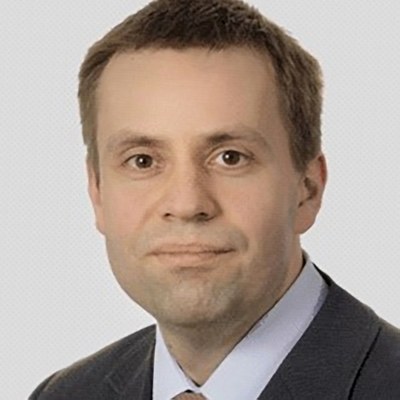
The rollout of the new 5G standard brings with it a whole range of metrological challenges, e.g. B. in the area of safe, trouble-free operation, the coexistence of different networks and in the area of exposure recording and assessment. The 5G real laboratory enables us to identify obstacles and try out solutions.
The PTB is the national metrology institute for Germany with scientific and technical service tasks and measures with the highest accuracy and reliability. Metrology is the core competence of PTB. PTB conducts basic research and development in the field of metrology as the basis for all of its tasks in the areas of determining fundamental and natural constants, representation, preservation and dissemination of the legal units of the SI, safety technology, services and measurement technology for the legally regulated area and industry and for technology transfer.

Technische Universität Braunschweig (TUBS)
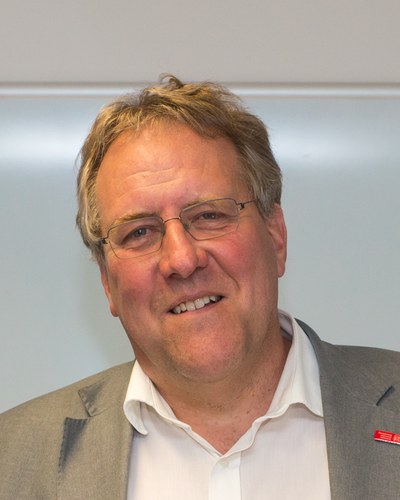
5G technology is indisputably a key factor in the development of future mobility - together with the interested public and local companies, we want to develop excellent solutions and lay the foundation for creative innovations in the region in the 5G forum.
With almost 20,000 students and 3,800 employees, the Technische Universität of Carolo-Wilhelmina in Braunschweig is the largest technical university in northern Germany. The strategic research fields are mobility, infections and active substances, metrology and the city of the future. In the mobility research area, work is carried out on topics ranging from automobiles to aerospace technology and rail transport. At the research airport campus, the focus is on intelligent and networked mobility, low-emission vehicles with non-fossil energy sources and sustainable production. In addition, we address in the research centers (especially the Aeronautics Research Centre Niedersachsen (NFL) and the Automotive Research Centre Niedersachsen (NFF)) as well as in the Cluster of Excellence SE²A the subject areas of traffic management, logistics and social as well as psychological dimensions of mobility. As a technical university, the exchange with business and society is one of the core values. The TU Braunschweig sees itself as a cosmopolitan research university that attracts students and scientists from many nations.
The Institutes for the Automotive Management and Industrial Production (AIP), of Automotive Engineering (IfF), for Communications Technology (IfN) and the Peter L. Reichertz Institute for Medical Informatics (PLRI) from the TU Braunschweig are helping to design the 5G Living Lab.
Participating institutes
• Institute for Communications Technology (IfN)
• Automotive Management and Industrial Production (AIP)
• Peter L. Reichertz Institute for Medical Informatics (PLRI)
• Institute of Automotive Engineering (IfF)

Among others, the following stakeholders are involved:
Advisory Board
The project is managed by an external advisory board headed by State Secretary Wunderling-Weilbier (Lower Saxony Ministry for Federal and European Affairs and Regional State Development). The Advisory Board advises and makes suggestions for future activities of the living laboratory, discusses the technology and further research needs. Furthermore, the Advisory Board makes recommendations for the programming of the 5G Forum with a specific view of the regional stakeholder landscape. Our members are:




